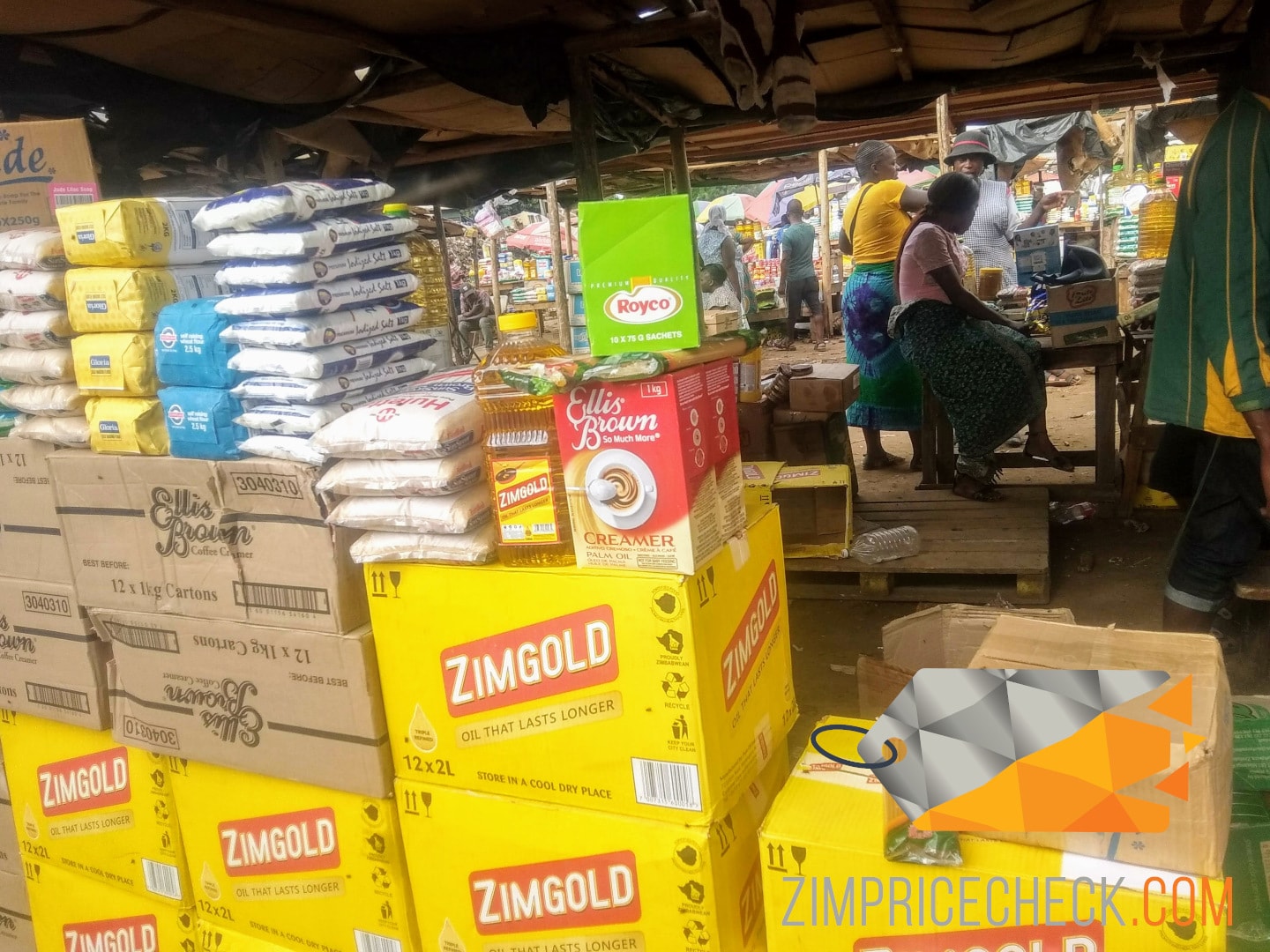- While explaining the different ways in which we can measure the size of a given business we established the fact that not all businesses are of the same size
- Some businesses can be considered big businesses while some can be considered small. In between these two extremes,, we have medium-sized businesses
- Small and Medium-sized businesses are often lumped together when it comes to policies by the government as they have similar characteristics and often play a similar role in the economy
- Features of Small and Medium Enterprises (SMEs) can be defined as follows:
- Size: SMEs are typically defined by their size, including number of employees, revenue, or assets. This can vary depending on the country, but generally, SMEs employ fewer than 250 people.
- Ownership: SMEs are typically privately owned and operated, either by a single individual or a small group of owners.
- Management: SMEs are usually managed by the owners or a small group of managers, with a flatter organizational structure compared to larger corporations.
- Operations: SMEs have more flexible and agile operations, allowing them to respond quickly to changing market conditions and customer demands.
- Investment: SMEs have limited access to funding compared to larger corporations, which can impact their growth and expansion.
- Niche Focus: SMEs often specialize in a particular niche or market segment, which allows them to focus on their area of expertise and differentiate themselves from larger competitors.
- Customer Orientation: SMEs often have closer relationships with their customers, allowing them to respond quickly to changing customer needs and demands.
- Community Involvement: SMEs are often more deeply rooted in their local communities, providing economic and social benefits through job creation, local spending, and community involvement.
- Overall, SMEs are defined by their small size, private ownership, flexible operations, niche focus, customer orientation, and community involvement. These characteristics allow SMEs to provide unique products, services, and economic benefits to their local communities.
- Small and Medium Enterprises (SMEs) play a crucial role in the British economy and its importance can be summarized as follows:
- Job Creation: SMEs are the largest employers in the UK, creating more job opportunities and contributing to the local economy.
- Economic Growth: SMEs drive economic growth by producing goods and services, generating income, and creating jobs.
- Innovation: SMEs are known for their agility, creativity, and innovative mindset, which helps them to adapt quickly to changing market trends and customer demands.
- Competition: SMEs increase competition in the market, leading to improved products, and services and lower prices for consumers.
- Diversification: SMEs contribute to the diversification of the economy by offering a variety of goods and services, reducing reliance on large corporations.
- Local Development: SMEs help to sustain local communities by creating jobs and providing economic benefits in the form of taxes, salaries, and business opportunities.
- Entrepreneurship: SMEs provide opportunities for entrepreneurs and individuals to start and grow their own businesses, leading to personal and economic growth.
- Supply Chain: SMEs form an important part of the supply chain for larger companies, creating a vital link in the production and distribution of goods and services.
Overall, SMEs are a vital component of the UK economy and play a crucial role in promoting growth, creating jobs, and fostering entrepreneurship.




